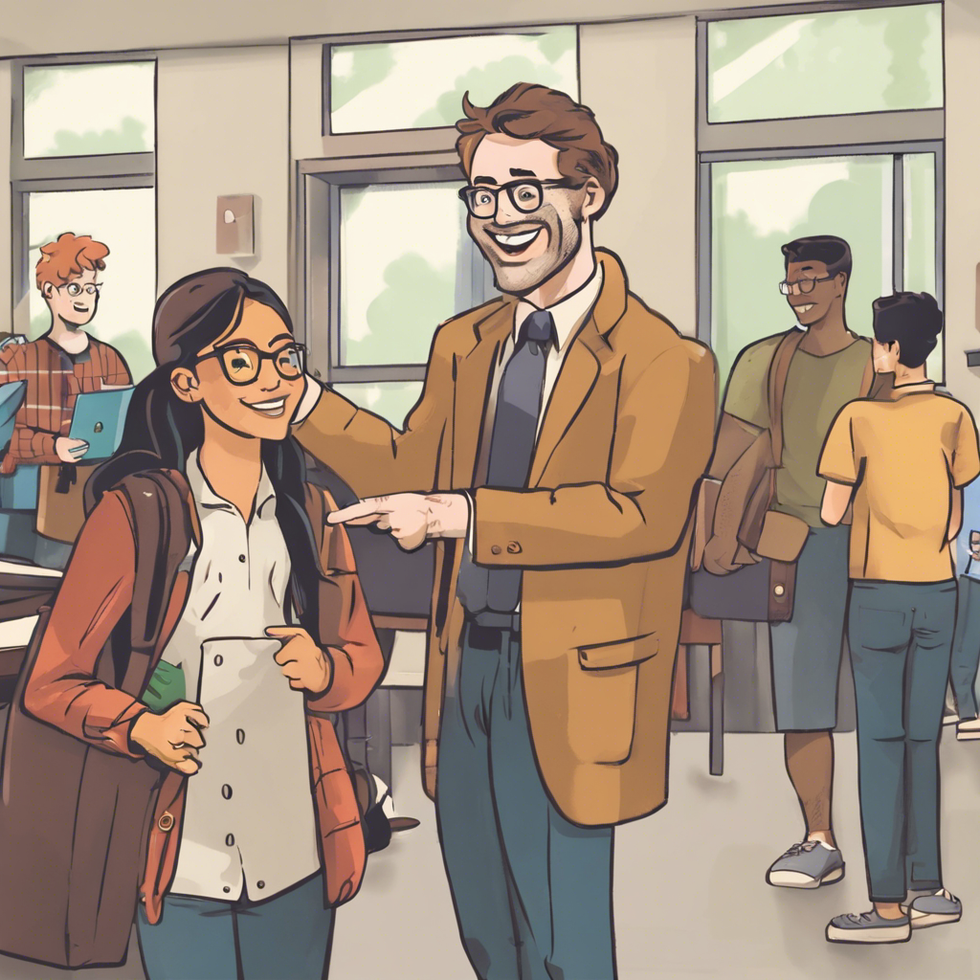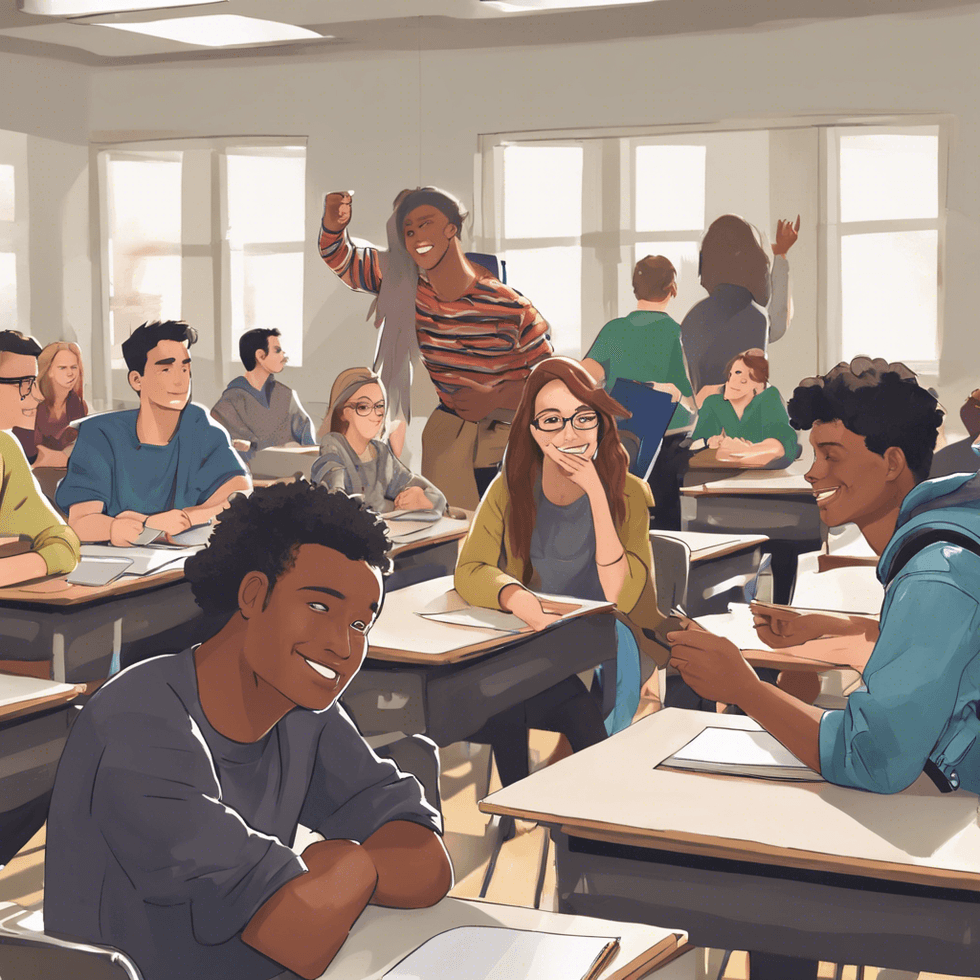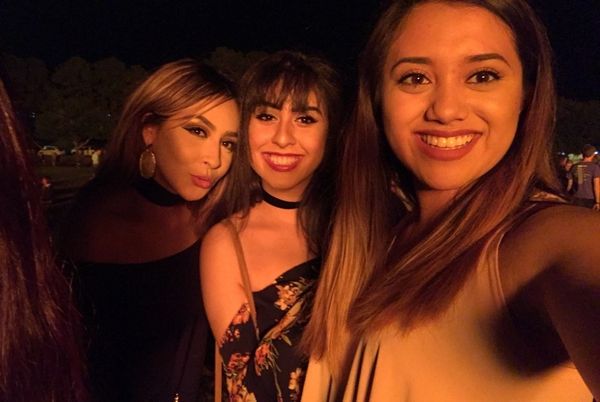The world of animated films is dominated by one's specifically aimed toward children. Most animated films (in America at least) are rated G or PG. If an animated film even tries to go for a PG-13, as the movie "9" did, it's met with poor box office returns. How did the industry get this way? Why is "adult" animation so hard to pull off successfully?
One of the biggest contributing factors to this is cultural perception. Americans view animation as something that is inherently associated with adolescents and childhood. This is mostly due to the consistent presence of massive children's animation companies, such as Disney, throughout the decades. The same can be said for companies like Warner Brothers, who are best known for the fun, childish slapstick in the Loony Tunes.
Children love animation due to its bright, moving colors and the endless possibilities one can have within the genre. Animation is only limited by your imagination. What child wouldn't find that appealing? However, there was a time when animators began thinking outside the box and started making "experimental" animated films that appealed to the sensibilities of adults (a.k.a. a lot of blood, violence, nudity, language, and radical political themes). Like all "experimental" forms of American art, they have their beginnings in the drug-fueled landscape of the 60s and 70s.
During this period, the Walt Disney Company and many other animation studios were struggling financially. This led to many animators losing their jobs in the mainstream animation industry, so they had to work independently with smaller groups. While this had drawbacks, like smaller budgets and limited distribution, it also gave animators more creative freedom to make whatever they want. They could do the things they always wanted and tell the stories they wanted to tell.
This period saw many films such as "Wizards," "Fritz the Cat," "Heavy Metal" and many others. While these films weren't massively successful, they found an audience in their day and have since been revered as cult classics. So, what put an end to the brief rise of niche "adult" animated films?
To put it simply, Disney found new success in the late 80s and 90s with new animated films such as "The Little Mermaid," "Beauty and the Beast," "Aladdin," and "The Lion King."
"Adult" animation became less and less commercially successful in theaters and most, if not all, "adult" themed animation moved to cable television, streaming services, or YouTube.
However, adult animation never truly went away. Most adult animation in the 90s and 2000s came in the form of anime from Japan. "Adult" animation is actually quite prevalent in Japan (and other countries), due to them lacking the cultural stigma towards animation as "kiddy stuff" found in the west. Things like "Ghost in the Shell" and "Dragonball Z" found massive popularity in America as well.
I brought this topic up because I would like to see more "adult" themed animation in more mainstream releases. It would add a greater deal of variety that's saturated with child-friendly content. I would love to see more animated films experiment with unique art styles. I would love to see animated films tackle more "adult" themes such as sexuality, violence, and the world of politics. As I said toward the beginning, animation has limitless potential yet we, as a culture, confine it to the permanent "kiddy table" when it comes to film genres. We need to unlearn this bias and teach ourselves to see what variety of styles, themes, and perspectives animation can deliver.

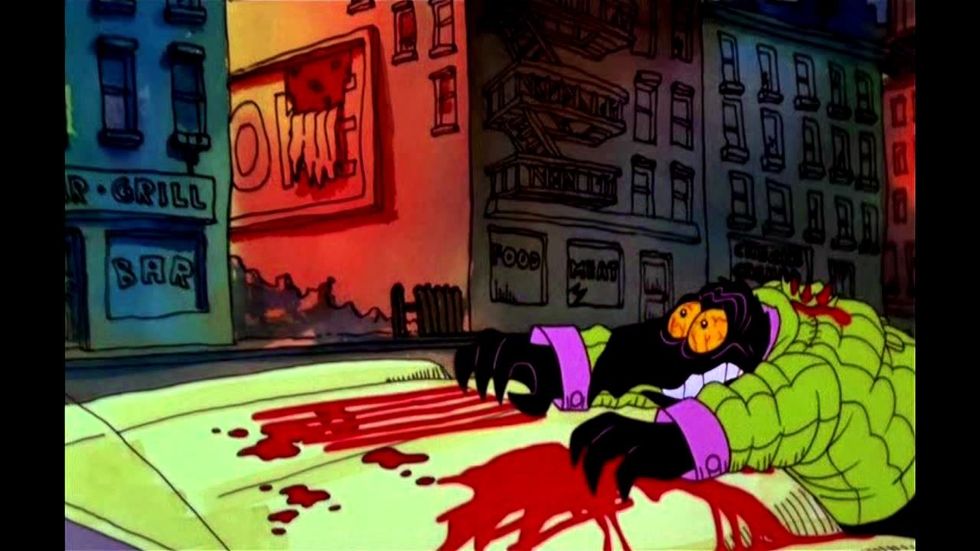
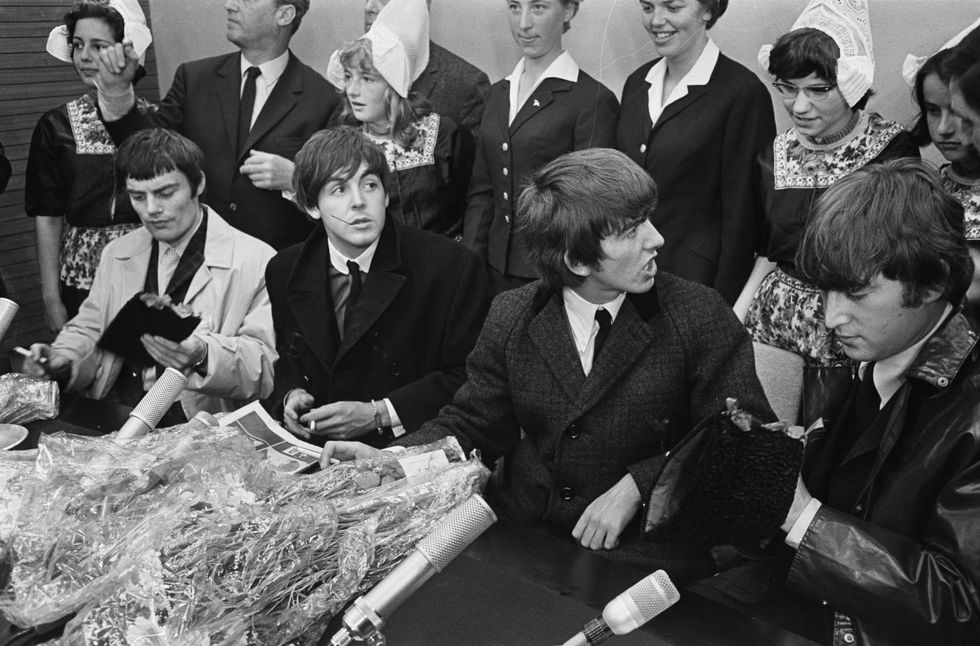
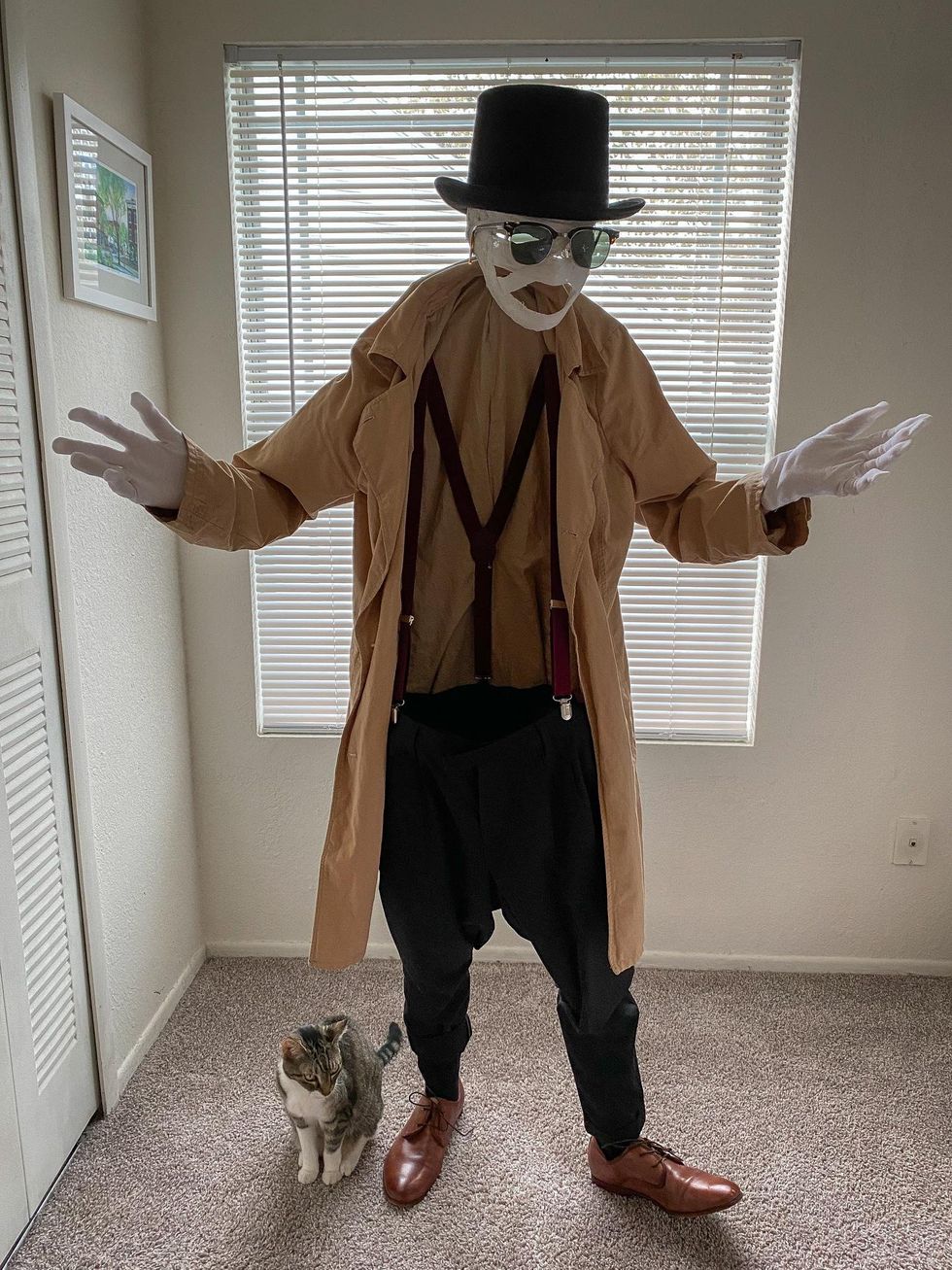
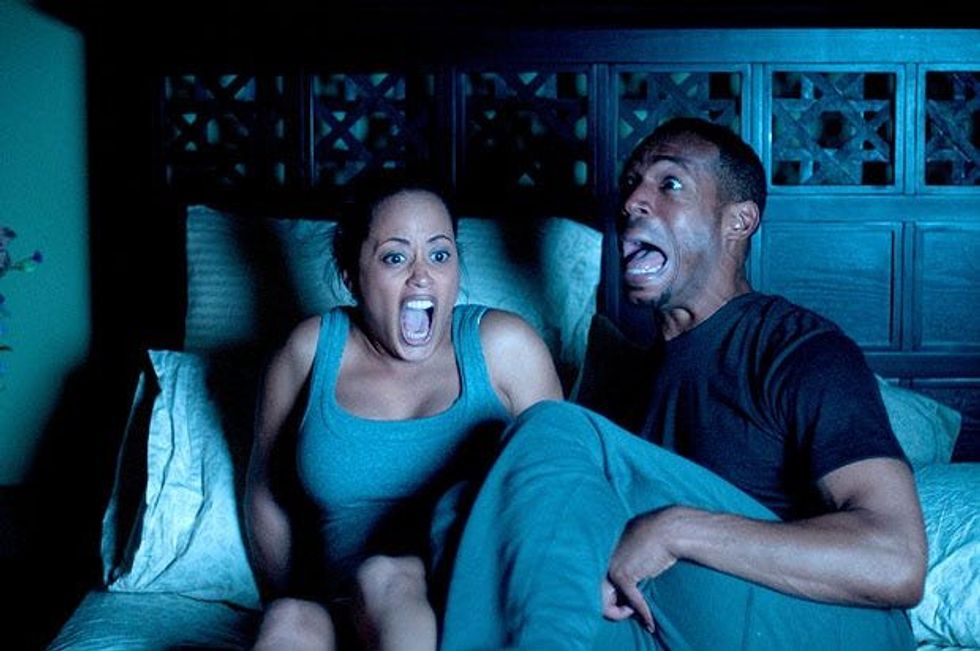
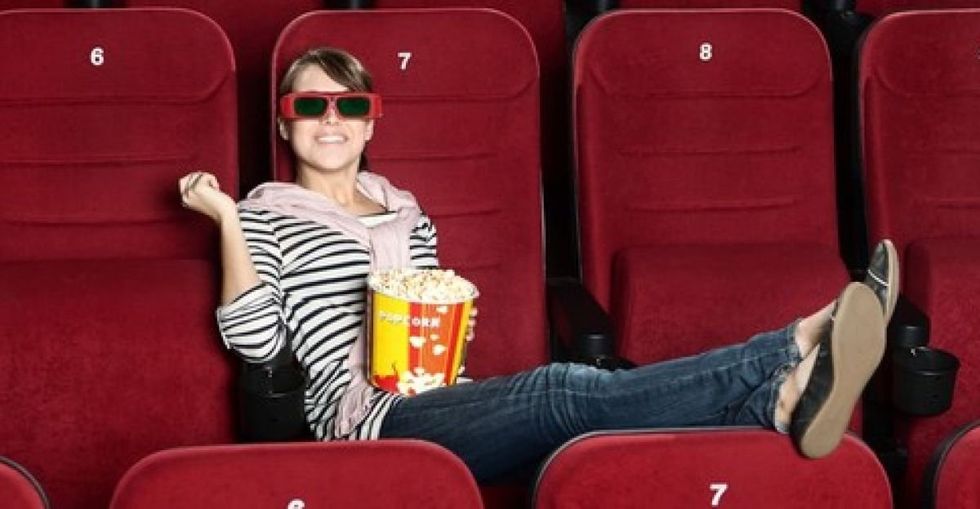 Going to the cinema alone is good for your mental health, says science
Going to the cinema alone is good for your mental health, says science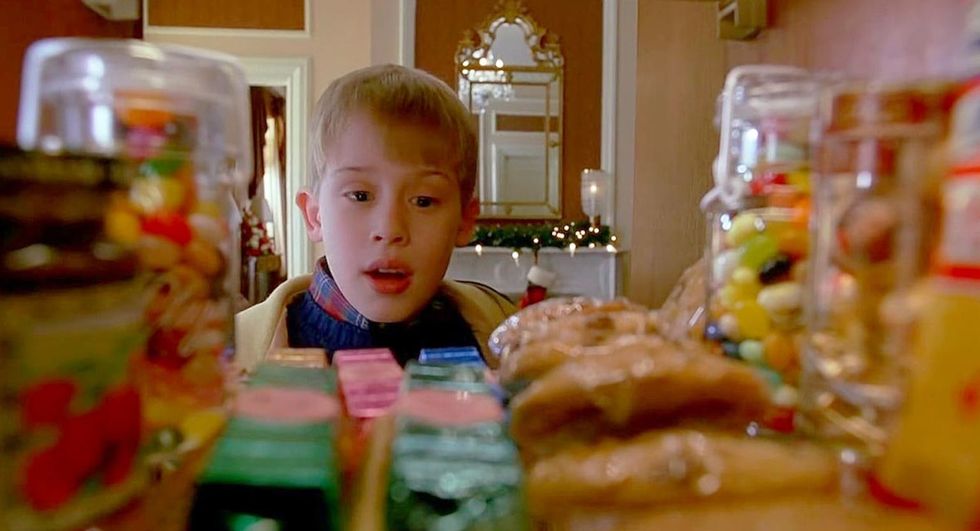
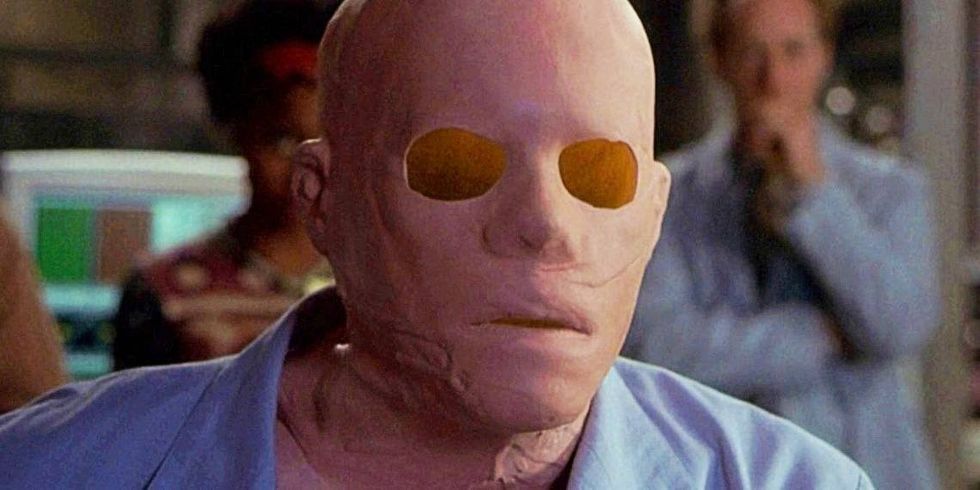
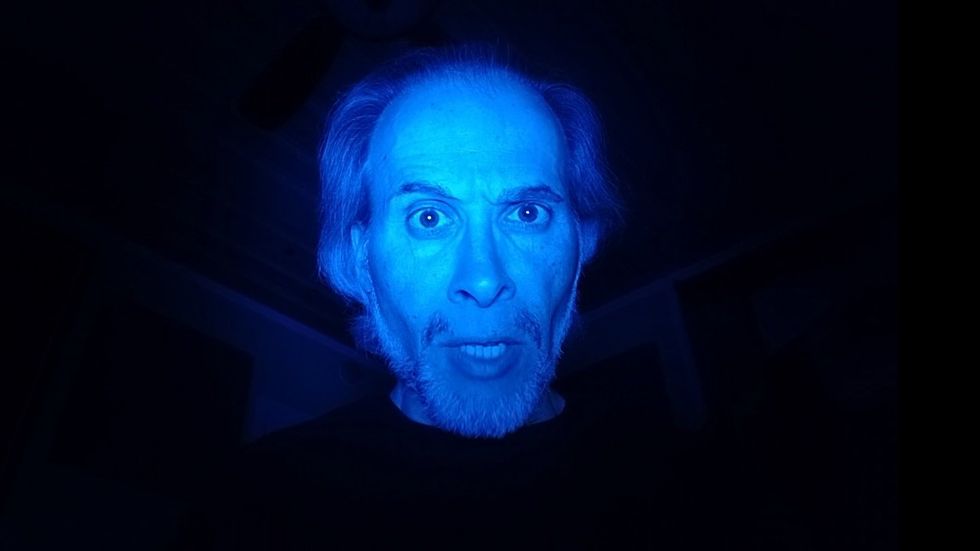
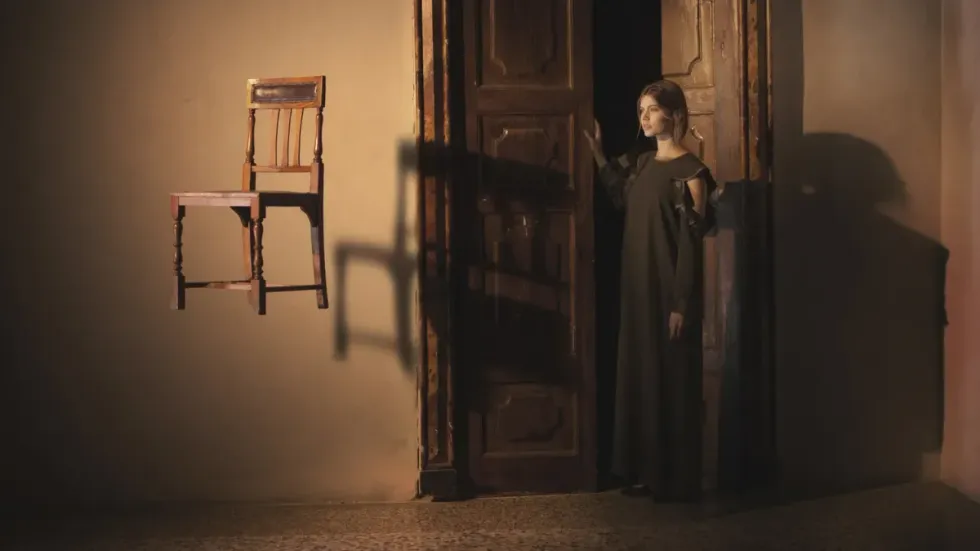
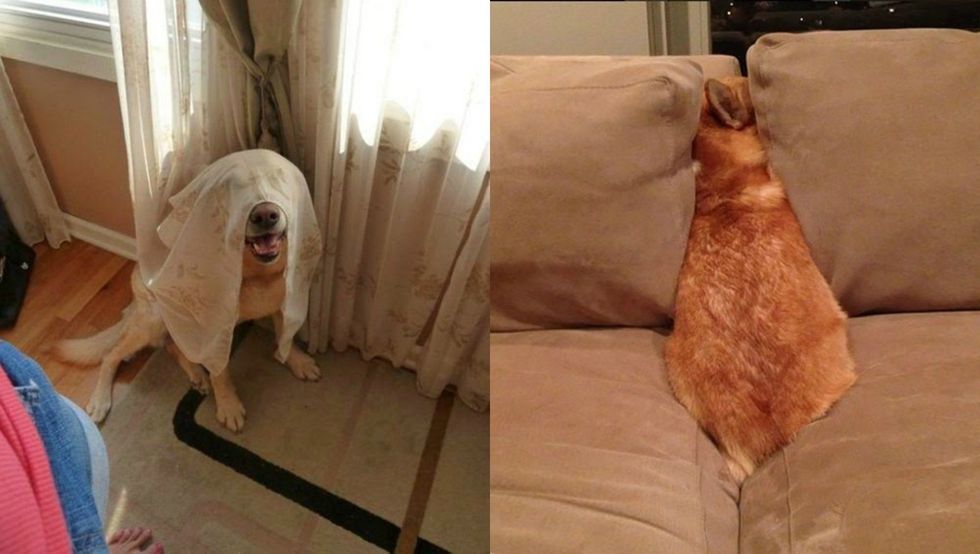

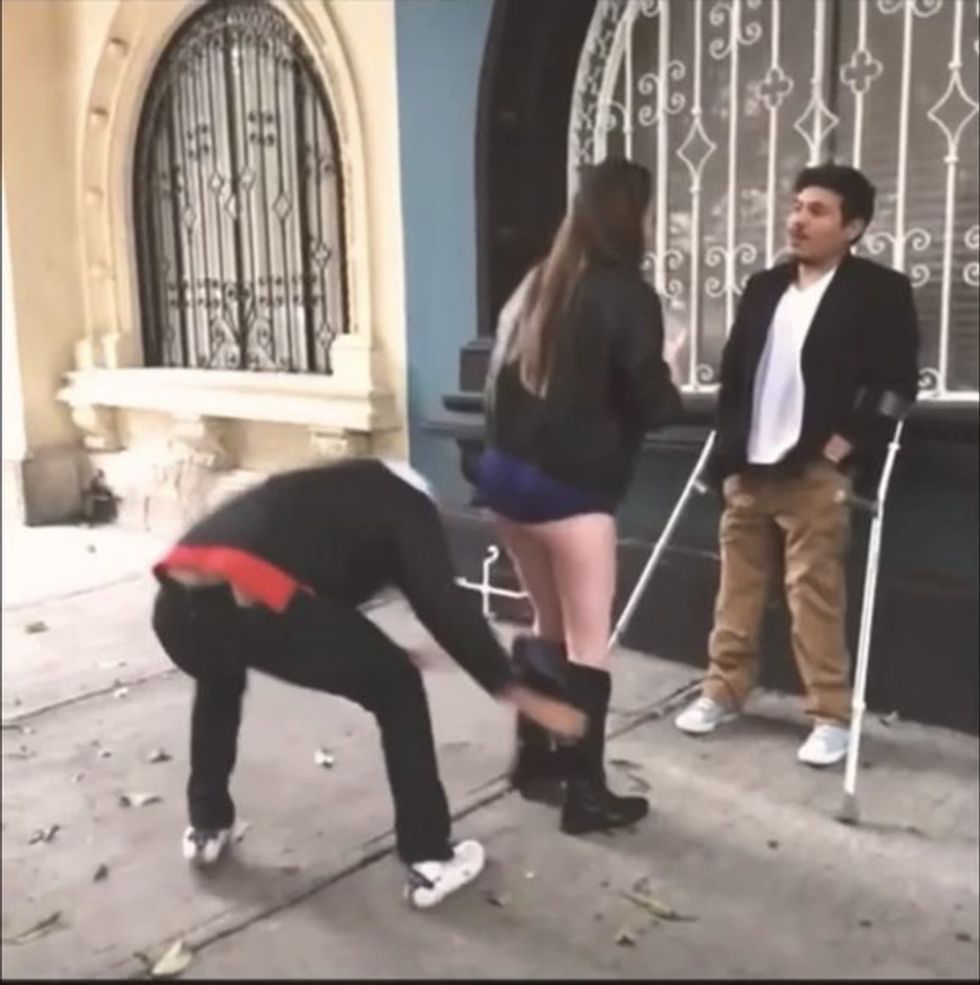

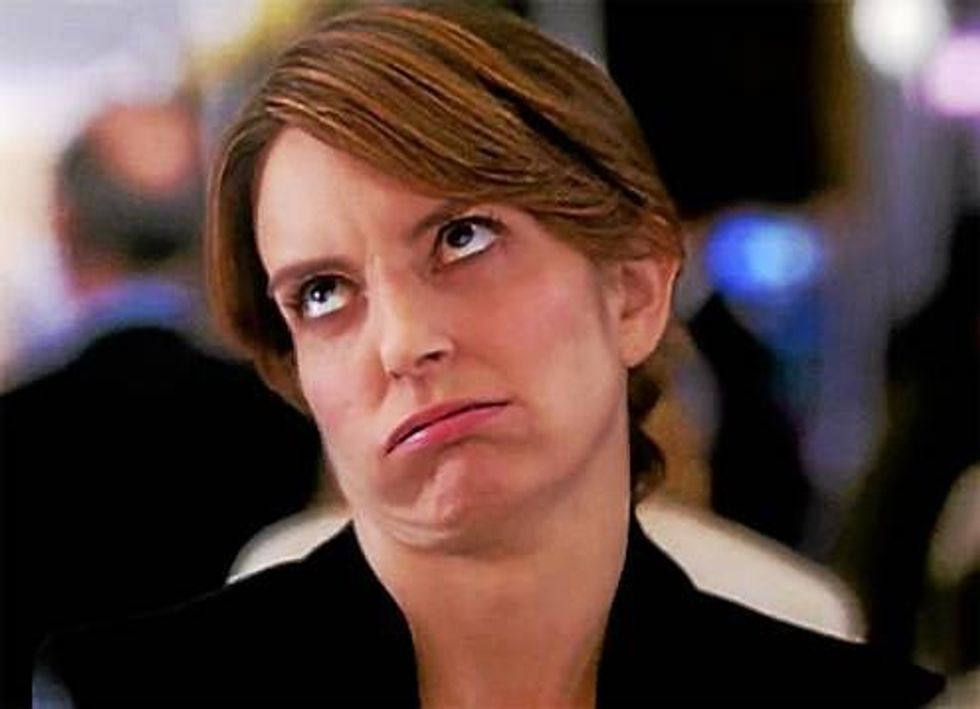




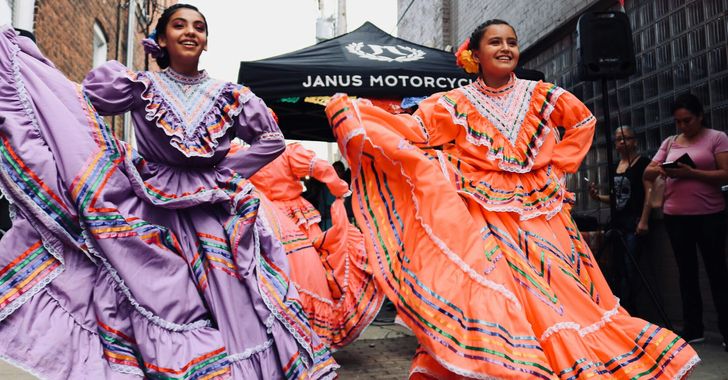 women in street dancing
Photo by
women in street dancing
Photo by  man and woman standing in front of louver door
Photo by
man and woman standing in front of louver door
Photo by  man in black t-shirt holding coca cola bottle
Photo by
man in black t-shirt holding coca cola bottle
Photo by 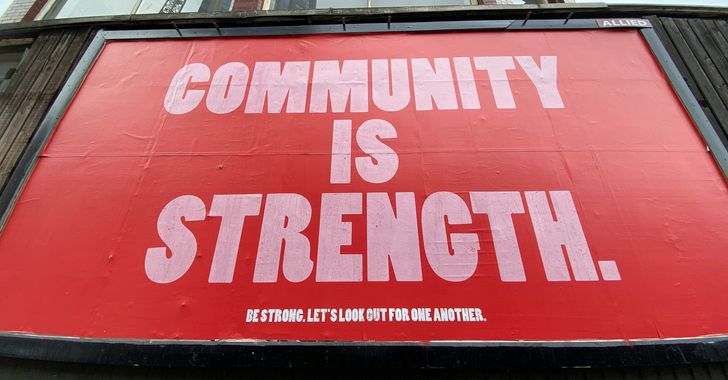 red and white coca cola signage
Photo by
red and white coca cola signage
Photo by  man holding luggage photo
Photo by
man holding luggage photo
Photo by  topless boy in blue denim jeans riding red bicycle during daytime
Photo by
topless boy in blue denim jeans riding red bicycle during daytime
Photo by  trust spelled with wooden letter blocks on a table
Photo by
trust spelled with wooden letter blocks on a table
Photo by 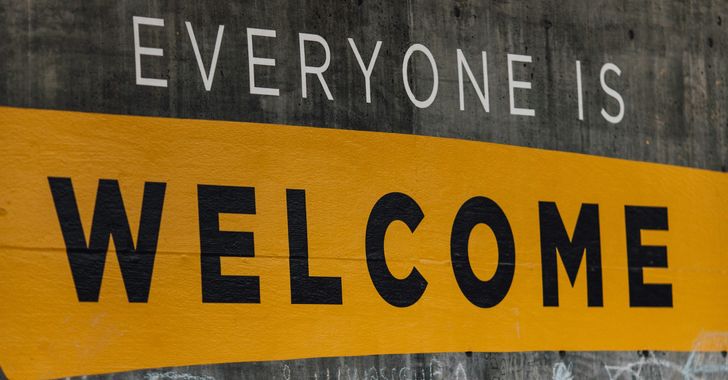 Everyone is Welcome signage
Photo by
Everyone is Welcome signage
Photo by  man with cap and background with red and pink wall l
Photo by
man with cap and background with red and pink wall l
Photo by 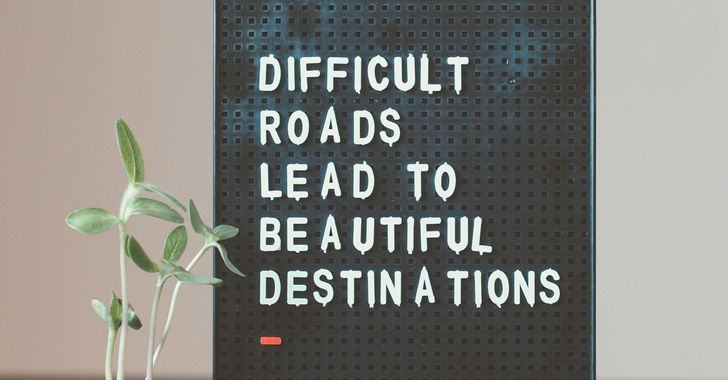 difficult roads lead to beautiful destinations desk decor
Photo by
difficult roads lead to beautiful destinations desk decor
Photo by  photography of woman pointing her finger near an man
Photo by
photography of woman pointing her finger near an man
Photo by  closeup photography of woman smiling
Photo by
closeup photography of woman smiling
Photo by 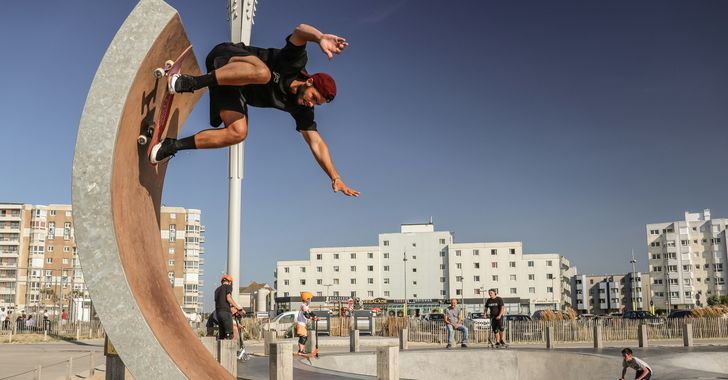 a man doing a trick on a skateboard
Photo by
a man doing a trick on a skateboard
Photo by  two men
two men  running man on bridge
Photo by
running man on bridge
Photo by  orange white and black bag
Photo by
orange white and black bag
Photo by  girl sitting on gray rocks
Photo by
girl sitting on gray rocks
Photo by 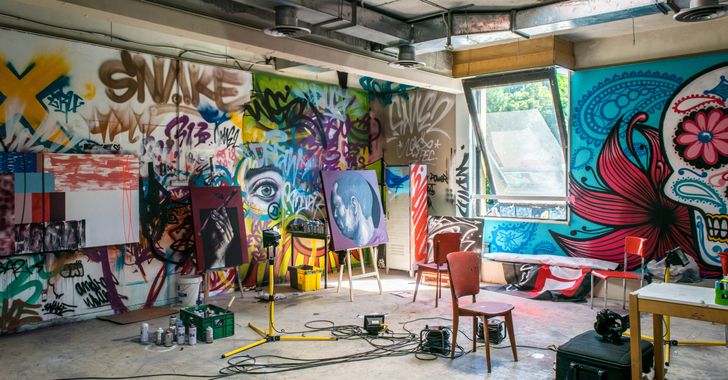 assorted-color painted wall with painting materials
Photo by
assorted-color painted wall with painting materials
Photo by  three women sitting on brown wooden bench
Photo by
three women sitting on brown wooden bench
Photo by 
 Photo by
Photo by  Photo by
Photo by 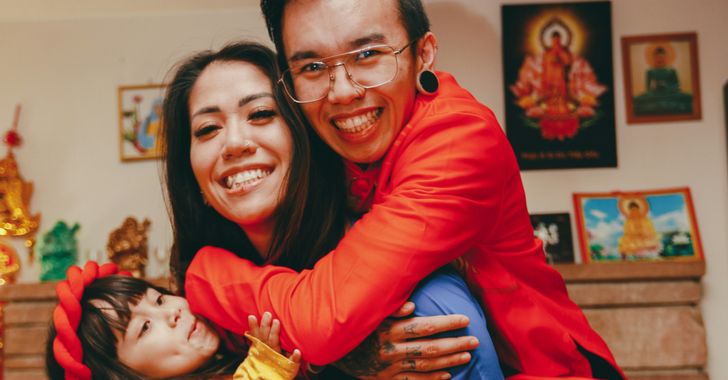 Photo by
Photo by 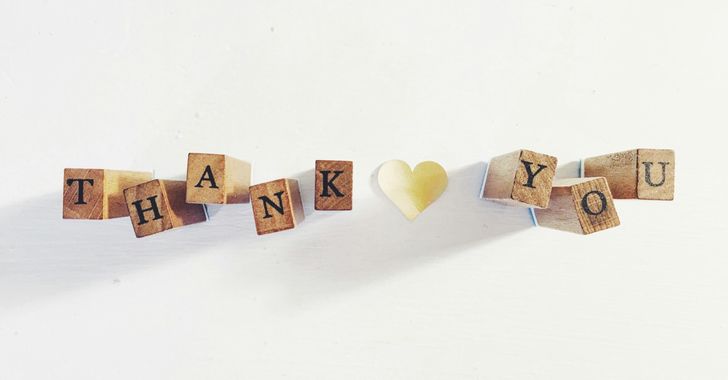 Photo by
Photo by 
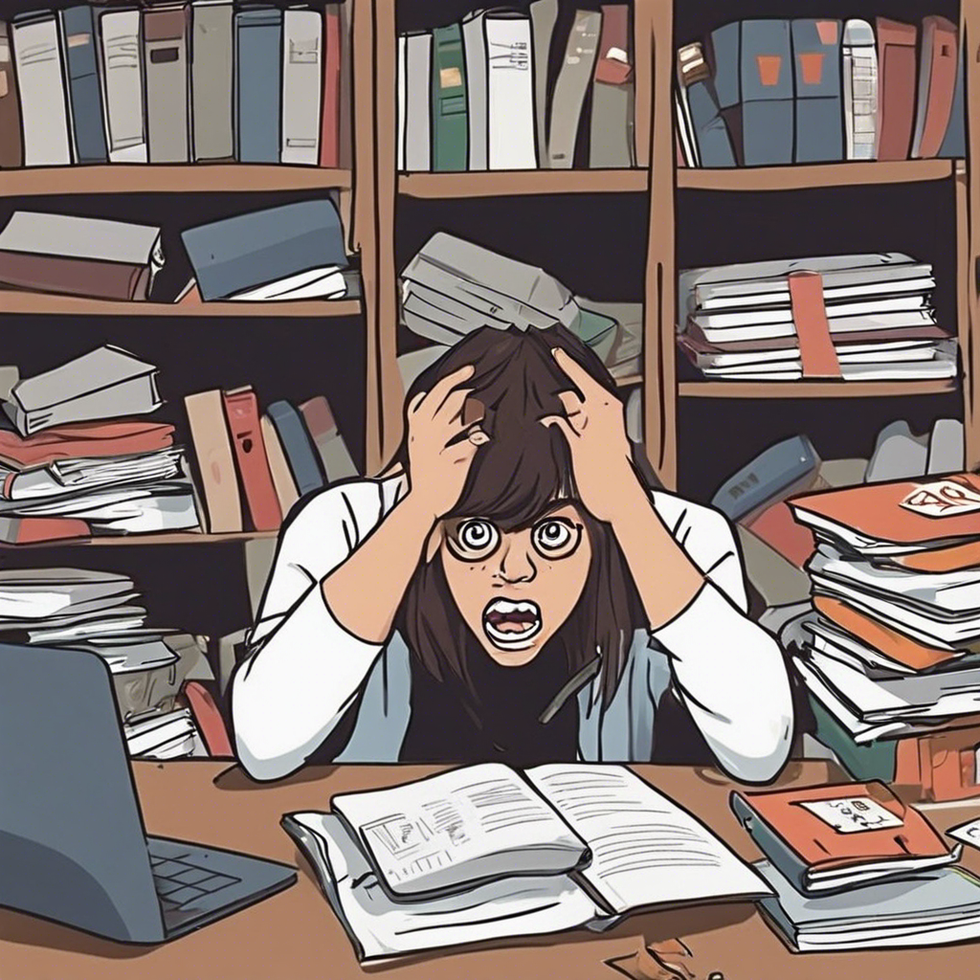
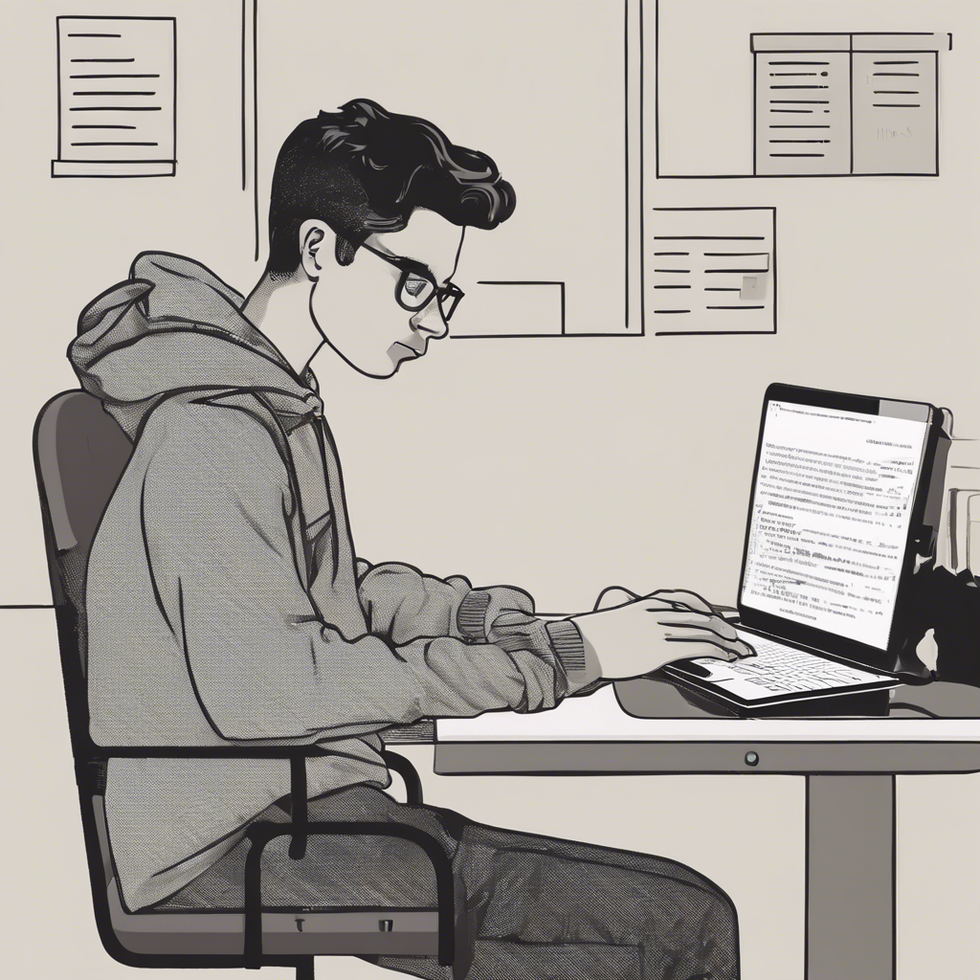
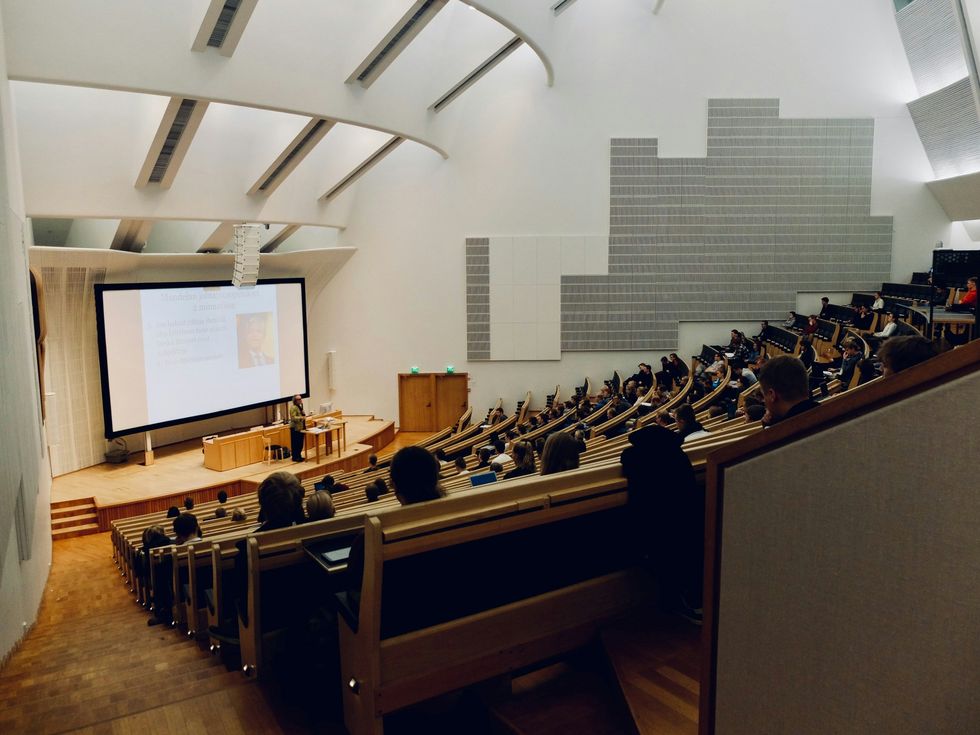 people sitting on chair in front of computer
people sitting on chair in front of computer